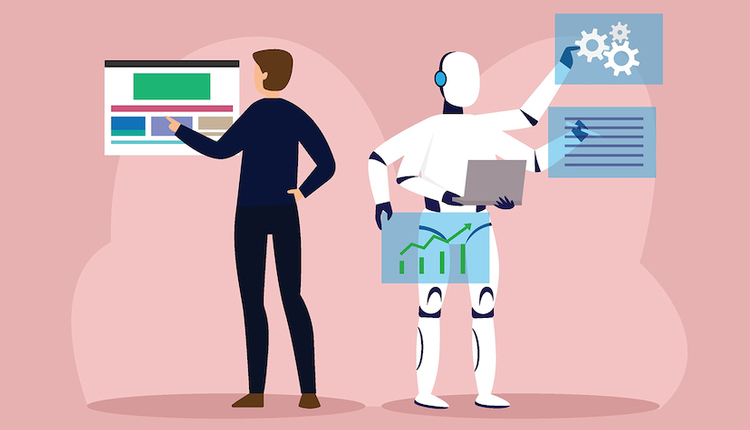
Image by: Ingram Publishing, ©2015 Getty Images
Back in the day, it was good to create something that was incompatible with anything except your company’s offerings. This ensured that the customer kept coming back to you for more stuff—especially if it was a consumable item. This practice essentially locked out the competition. In the software business, I have heard this described as “ransomware.” In today’s world of educated customers, increased competition and dependent technologies, it is critical to be more “open,” “compatible” or “interoperable.” Don’t mix this up with giving away intellectual property and competitive advantage. This is simply a requirement or society will reject your products.
Why? Would you buy a car today that did not have a spot for you to charge your phone? If you had a sailboat, would you buy an SUV without a hitch to pull it? No, you would not. These are simple examples of integration points.
We must integrate or face obsolescence. Integration is the new adaptation.
One of the most important functions of any system today is being open. In the software business, this is achieved in many ways. It could be application protocol interfaces (APIs), software development kits (SDKs), web services calls or the use of common platforms. In my humble opinion, we must integrate or face obsolescence. Integration is the new adaptation.
More importantly, integration simply makes financial sense. If you could buy everything at the same time, the odds are they would be of the same vintage. Therefore, it would be easier to ensure that all of the components and technology platforms were compatible. However, in most cases, it is cost-prohibitive to buy everything in the same budget year if you are trying to build a state-of-the-art operation. So, you may need to take a phased approach to implementing everything that you want. As you add components, you need to make sure that the latest piece is compatible with the other pieces. The “phased approach” is becoming so commonplace that it is cropping up regularly in requests for proposals (RFPs), with questions like, "Can your 'stuff' integrate with our 'xyz' infrastructure?" Or, "What would we need to do to our infrastructure to integrate with your solution?"
Millennials will have absolutely no problem with this concept. In fact, they will expect it. Not only are they digital natives, they are "sharing economy" natives and part of the trophy generation (where everyone who participates in the game gets a trophy; no real winner is declared). Of course, winning is still important, but it may be redefined to how many integration points you have.
Be forewarned, if your stuff does not integrate, I believe you will be obsolete soon.
Paul Abdool is the vice president of enterprise solutions for Solimar Systems, Inc.. He uses his 17 years of document industry experience to help customers develop and optimize their automated document factories with process automation, workflow solutions and professional services. Follow him on Twitter @PaulAbdool.





















